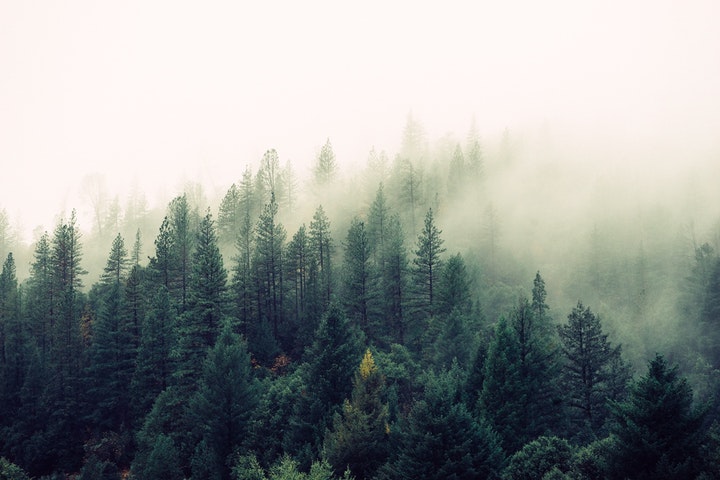
USDA United States Forest Service: Climate Change
United States Department of Agriculture -- United States Forest Service
What is Climate Change?
Climate change refers to any major and sustained change in factors affecting the global climate system, such as surface and ocean temperatures, precipitation patterns, and atmospheric conditions. Evidence has shown that rising levels of greenhouse gases in the atmosphere have contributed to climate change. Excess greenhouse gases trap more heat, leading to a rise in Earth’s average surface temperature.
How is Climate Change Detected?
Using data from direct measurements and proxies, scientists continue to learn more about the Earth’s past climate. Studying the long-term climate record has given researchers many clues about the nature of climate change. Earth’s climate changes with some regularity, going through ice ages and other periods of natural flux. However, since the Industrial Revolution in the mid-1700s, Earth’s average temperature has risen at a much higher rate than any other time in the reconstructed climate record. This temperature increase is primarily caused by increased atmospheric carbon dioxide levels, which are now the highest they’ve been in three million years.
With this temperature increase, changes have been observed around the world and more are expected. Throughout the 20th Century, there has been a worldwide decrease in the size of glaciers, a decrease in snow cover for many regions in the Northern Hemisphere, a decrease in Arctic Sea ice thickness and extent, shorter ice seasons for lakes and rivers, rising permafrost temperatures, warmer ocean and surface temperatures, increases in extreme events (heat waves, storms, precipitation), and rising sea levels, among other effects.
How do we know the climate is changing?
Using historical and natural records, scientists have been able to measure the Earth’s past climate. People have measured the Earth’s temperature and amount of rainfall since the mid-1800s, providing a snapshot of the climate for the last 150 years. For climate measurements prior to this, researchers must obtain measurements from indirect sources, including core samples from ice, sediment, and trees.
How does climate change affect forests and grasslands?
Over the next century, the average global temperature is expected to rise, with variations by season and location. Within the United States, the average temperature is expected to increase between 3 and 10 degrees Fahrenheit. Under current projections, winters are likely to be less cold and snowy while summer high temperatures are likely to continue to rise. Changes in rainfall are more difficult to project, but precipitation is expected to decrease across the Southwest while extreme rainfall episodes are projected to increase in the Northeast, Midwest, and Great Plains regions.
What can I do? There are many things you can do to help reduce the effects of climate change. Simple changes like conserving water and energy will decrease your environmental footprint. Call your local National Forest or Grassland to learn about volunteer opportunities.


 How to resolve AdBlock issue?
How to resolve AdBlock issue? 